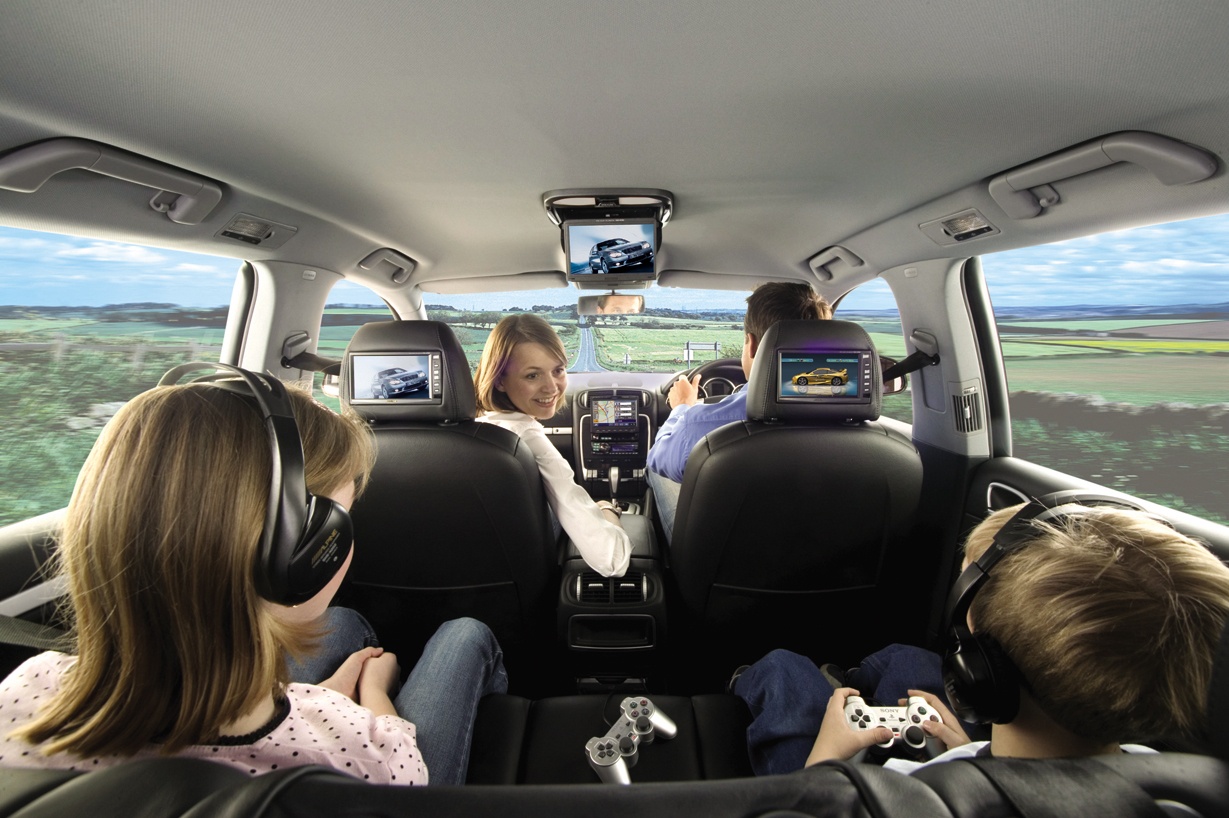Engineers are working hard to ensure that cars and car seats are designed to keep kids as safe as possible. But it’s up to every parent to take full advantage of these innovations by making sure car seats and booster seats are used and installed correctly. The scary truth is that four out of five safety seats are used incorrectly, with an average of three mistakes per seat, reports the Washington, D.C.-based National Safe Kids Campaign. In 2001, nearly 500 children under age 5 were killed in car crashes, and more than 200 of those kids were in car seats designed to save their lives. It is terrible and a pity for us to consider these chilling statistics. Proper use of car seats helps keep children safe and can reduce the risk of death by as much as 71 percent. Car seat safety isn’t child’s play and it is crucial for protecting your child during travel. But with so many different car seats on the market, it’s no wonder many parents find this overwhelming. Actually, the type of seat your child needs depends on several things, including your child’s age, size, and the type of vehicle you have. For infants and toddlers, they all should ride in a rear-facing car seat until they are at least 2 years of age or until they reach the highest weight or height allowed by their car seat’s manufacturer. Rear-facing seats are designed to protect a child’s neck and spine in a crash. Practically, we have Oregon law to enforce the practice. Any child who has outgrown the rear-facing weight or height limit for their convertible car seat should use a forward-facing car seat with a harness for as long as possible, up to the highest weight or height allowed by their car seat manufacturer. Then as children grow, a belt-positioning booster seat comes into use, typically when they have reached 4 feet 9 inches in height and are between 8 and 12 years of age. Finally, they’ll grow enough for the vehicle seat belts to fit properly. In a general way, all children younger than 13 years should be restrained in the rear seats of vehicles for optimal protection.
Now, you may have a general idea concerning car safety seat choosing. Then we’ll turn to the next page: car safety seat proper use. To illustrate the topic, we’ll cite some of the most common misuses with quick tips for how to correct them. The first one is forward-facing too soon. Children should travel rear-facing as long as possible since the seats protect their neck and head-at least until they are two years old. The second is loose harness straps. If you can still pinch the fabric of the harness straps between your fingers, after you’ve tightened your child into his car seat, the harness is too loose. A child who’s loose in his harness can easily come out of his seat in a crash. Tighten the harness and keep it nice and snug. The third is incorrect harness strap height, because children are different and grow at different rates, there is a not a precise one. However, the tops of the harness straps should be located at or slightly below your child’s shoulders for rear-facing or at or slightly above your child’s shoulders for forward-facing. The fourth one is incorrectly positioned chest clip. The clip helps keep the harness straps up on your child’s shoulders and it should be on your child’s chest, at armpit level. The sixth one is exceeding the LATCH weight limits. LATCH is shortened for lower anchors and tethers for children. Check the lower anchors’ weight limits and remember using the top tether whenever possible. When it comes to a safety seat installation, refer to the user guide or labels on the side of the seat for a correct installing angle. And finally, a small thing to keep in mind-your car safety seat also has a expiration date.

Is your children safely secured in the car?
by
Tags:
